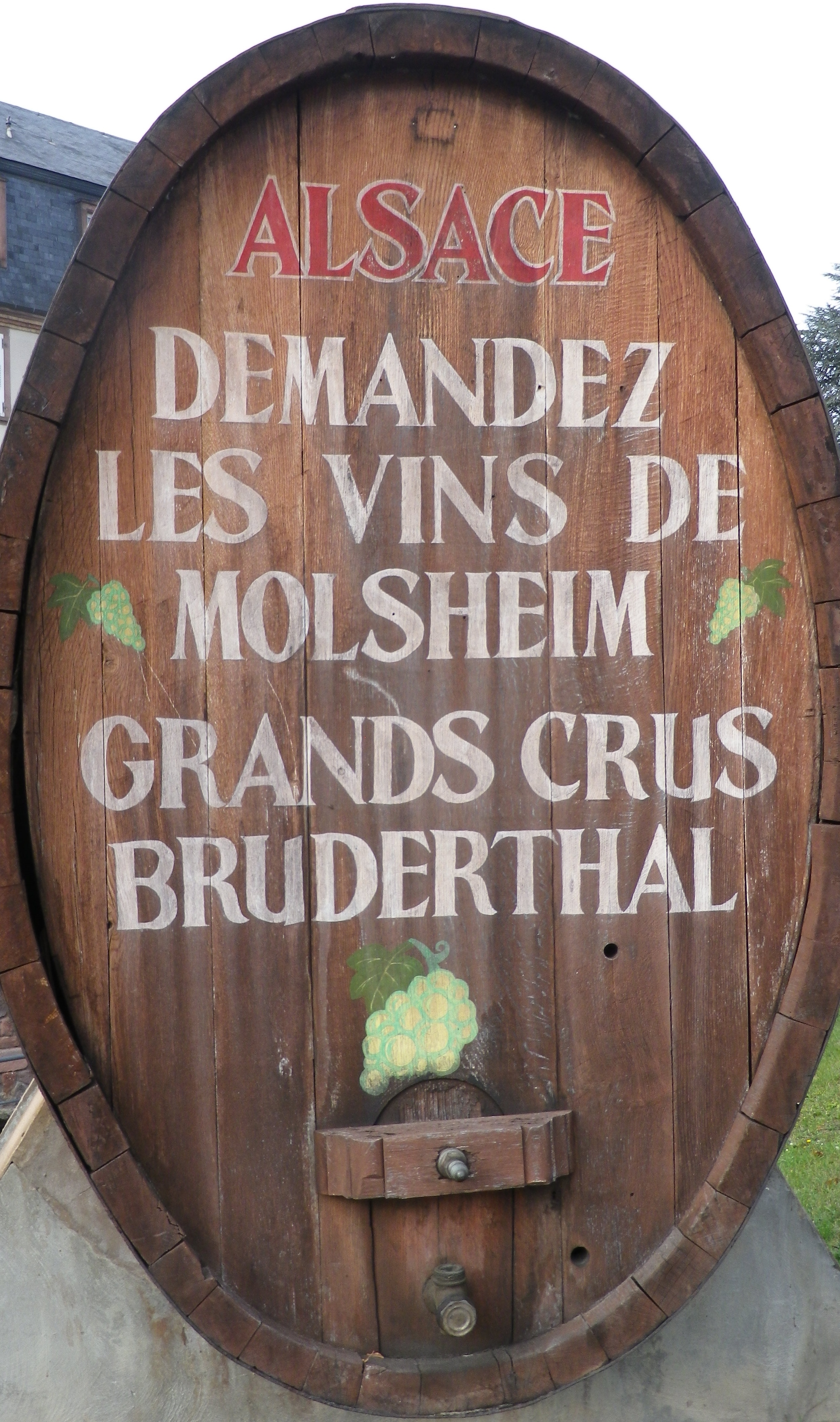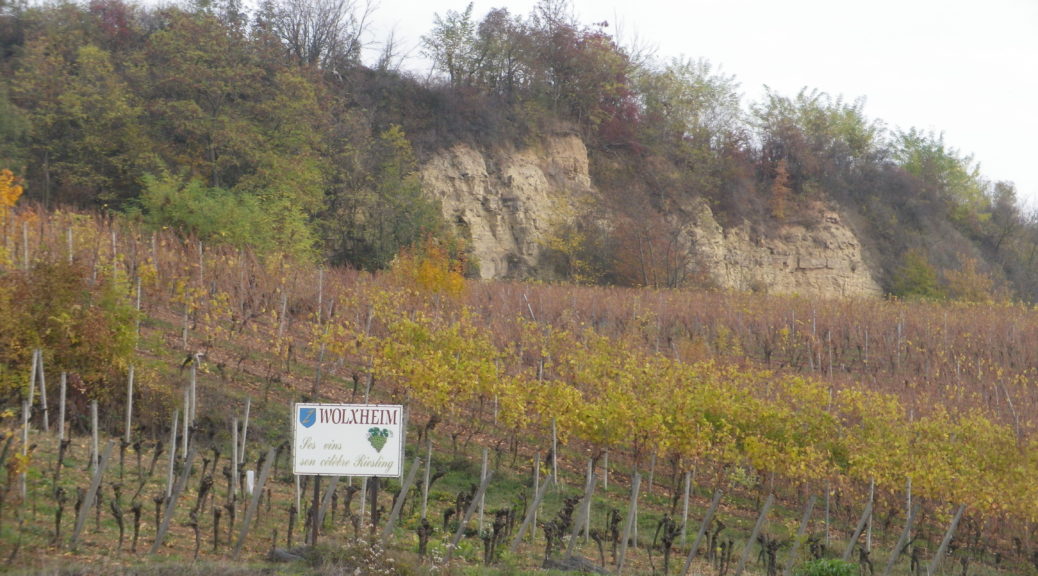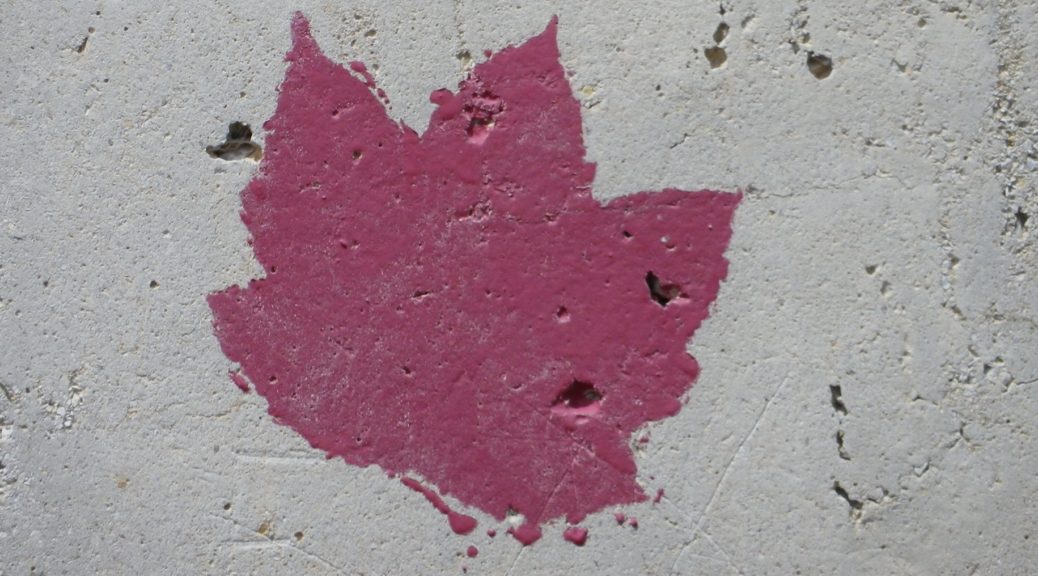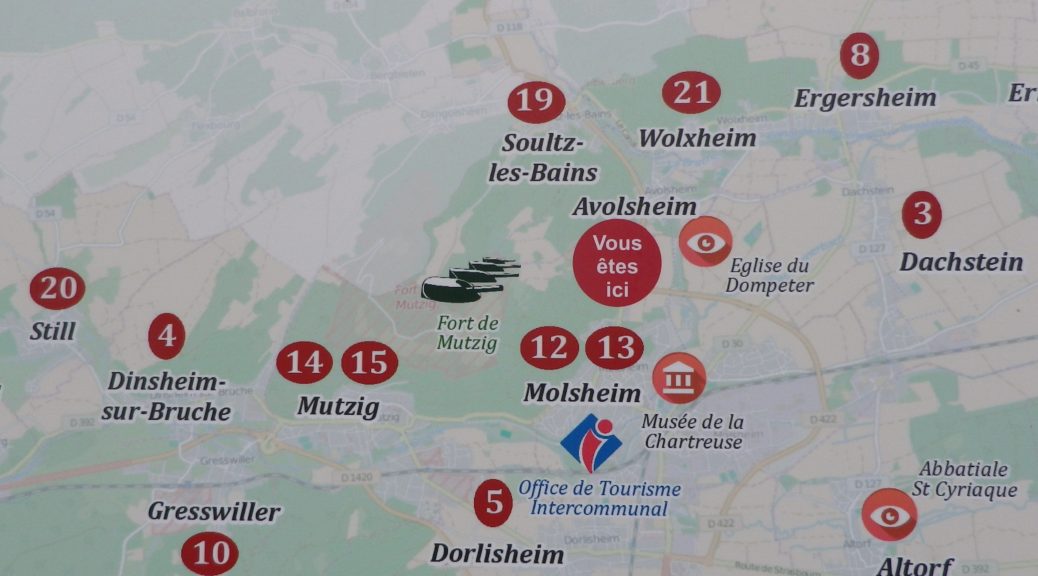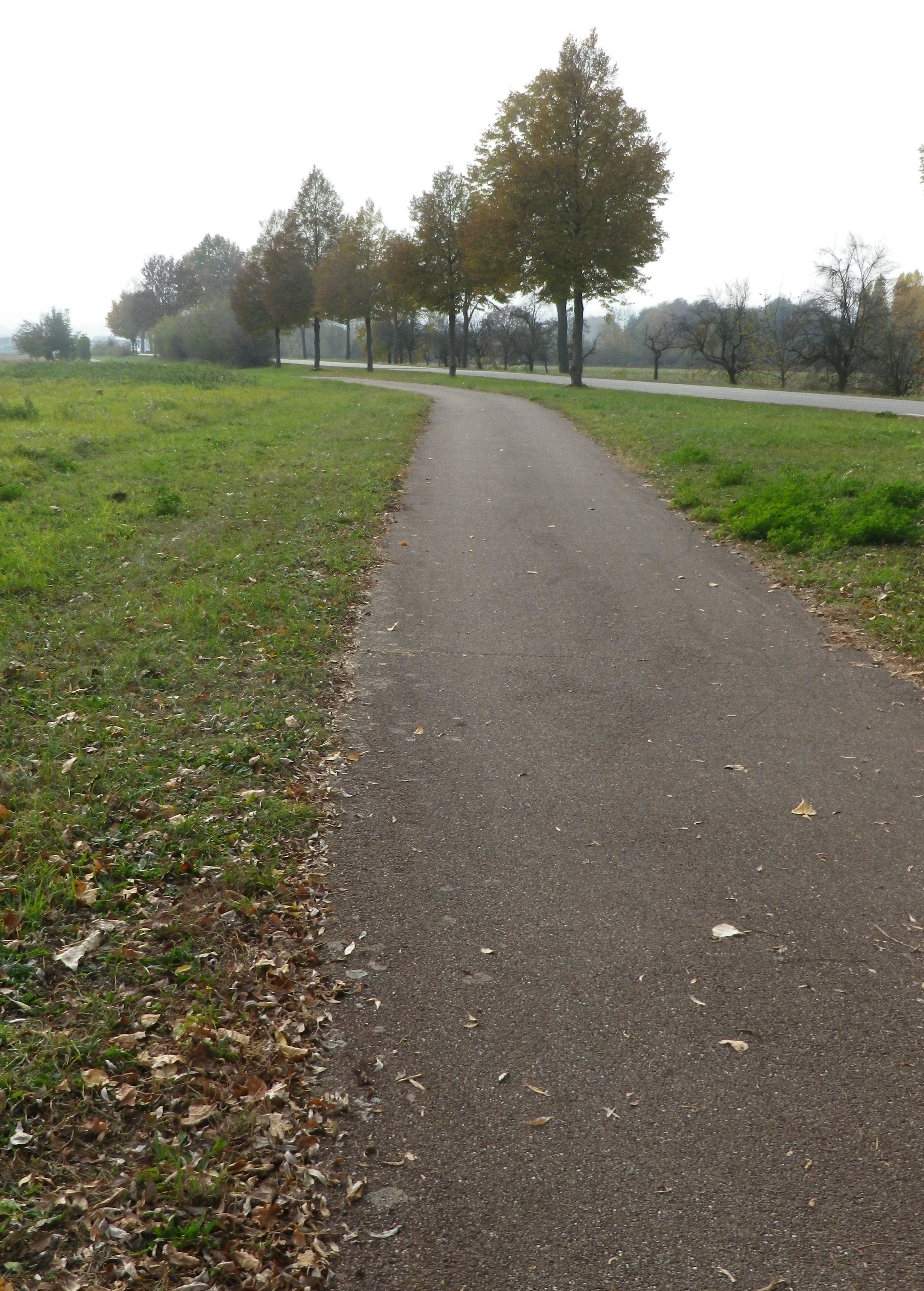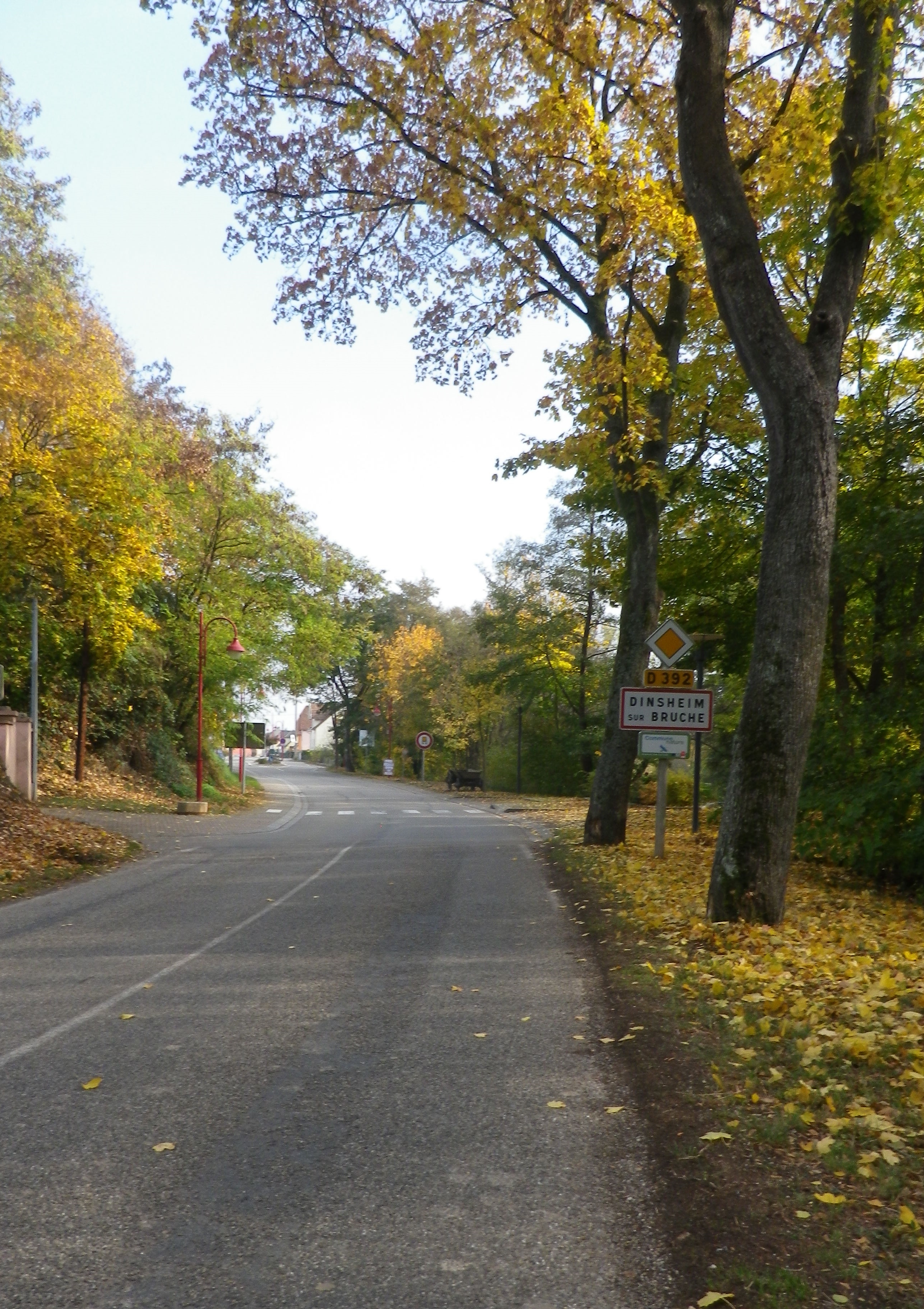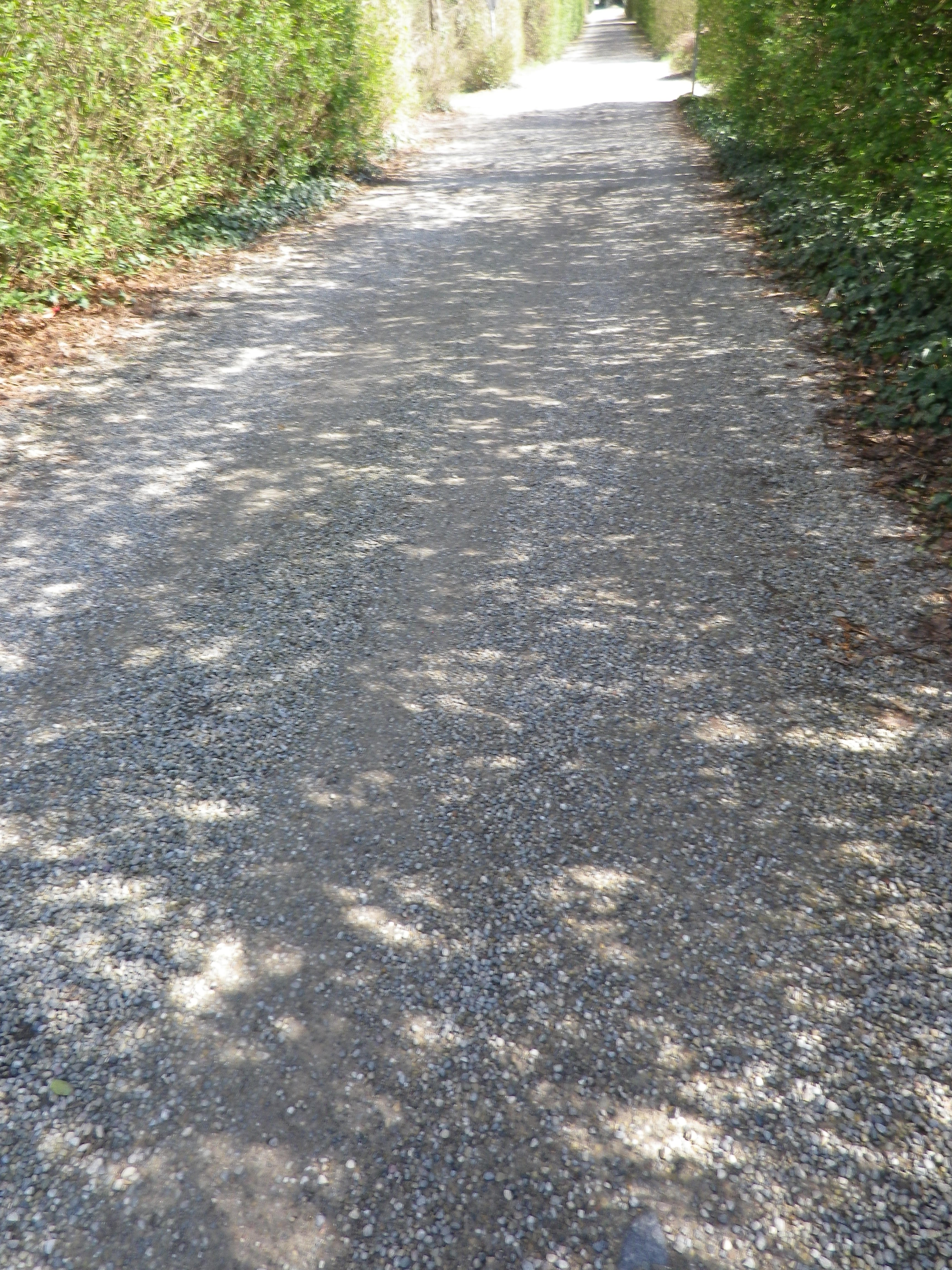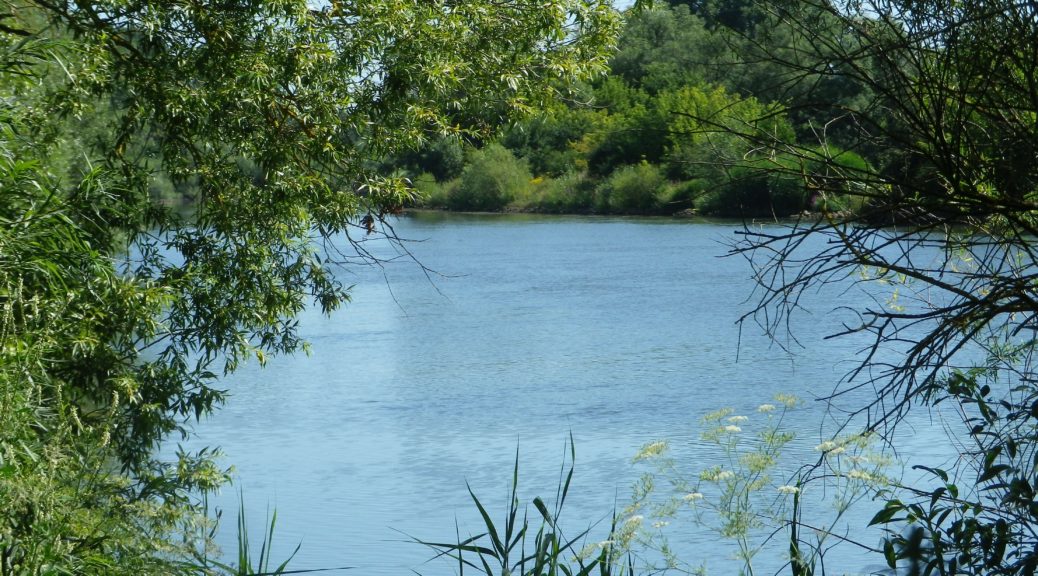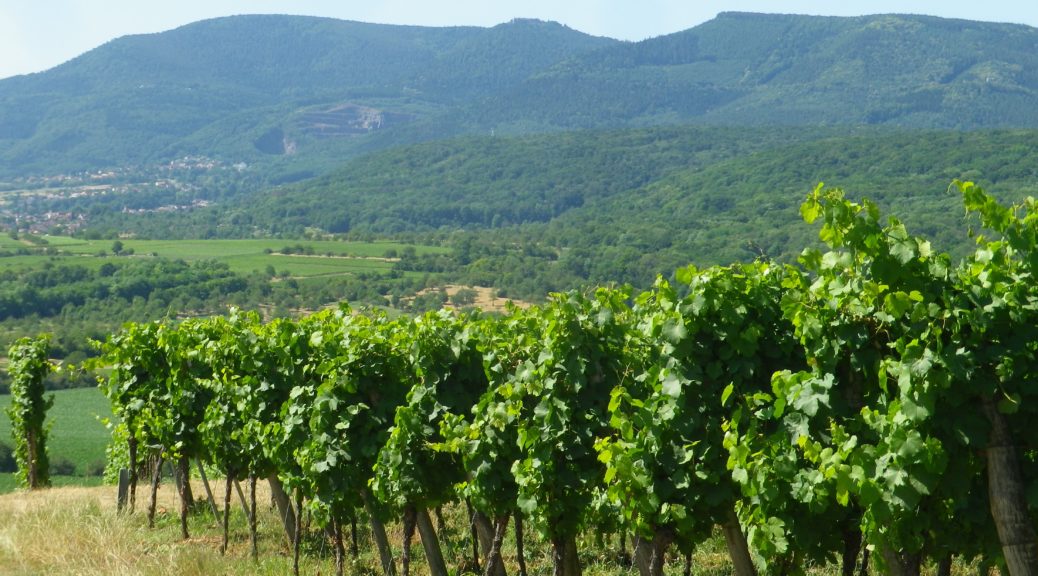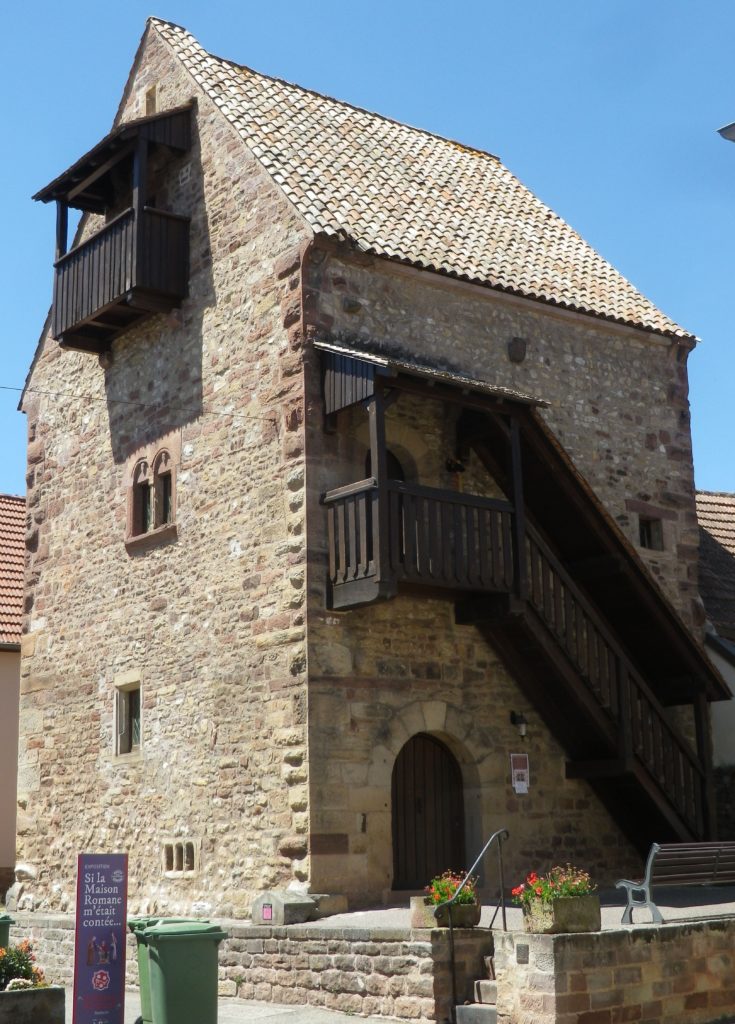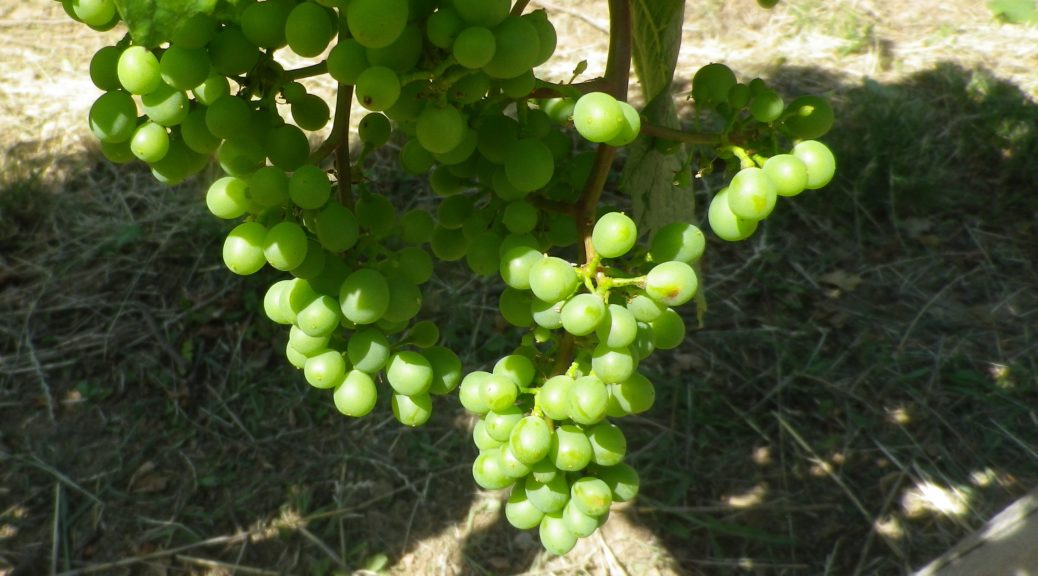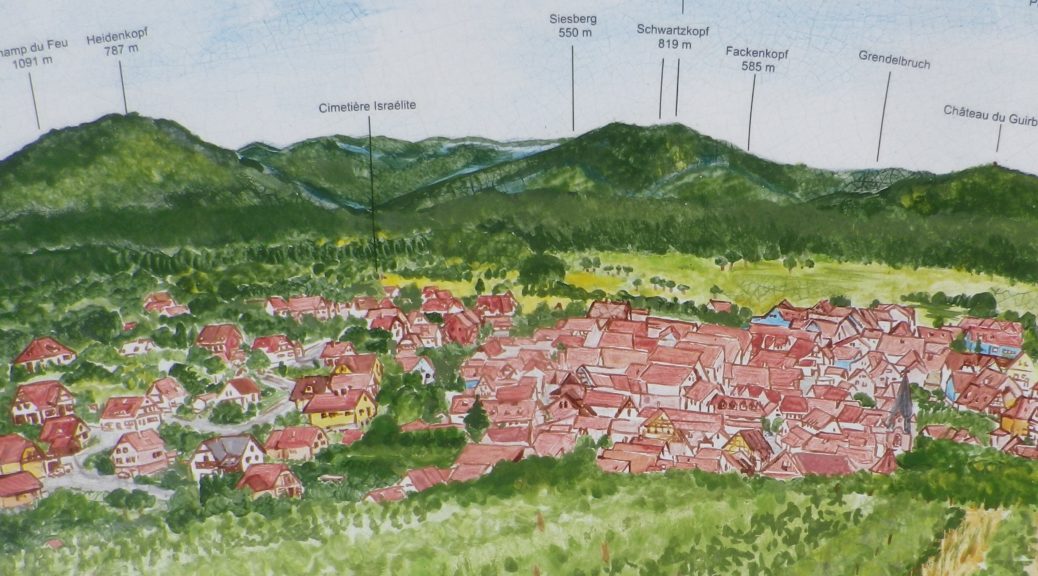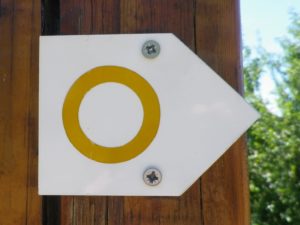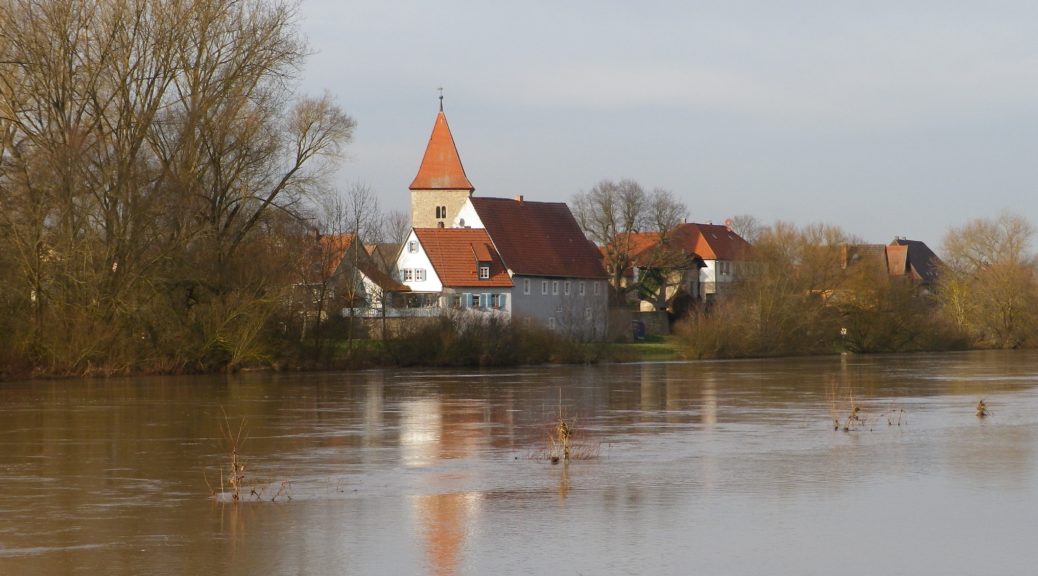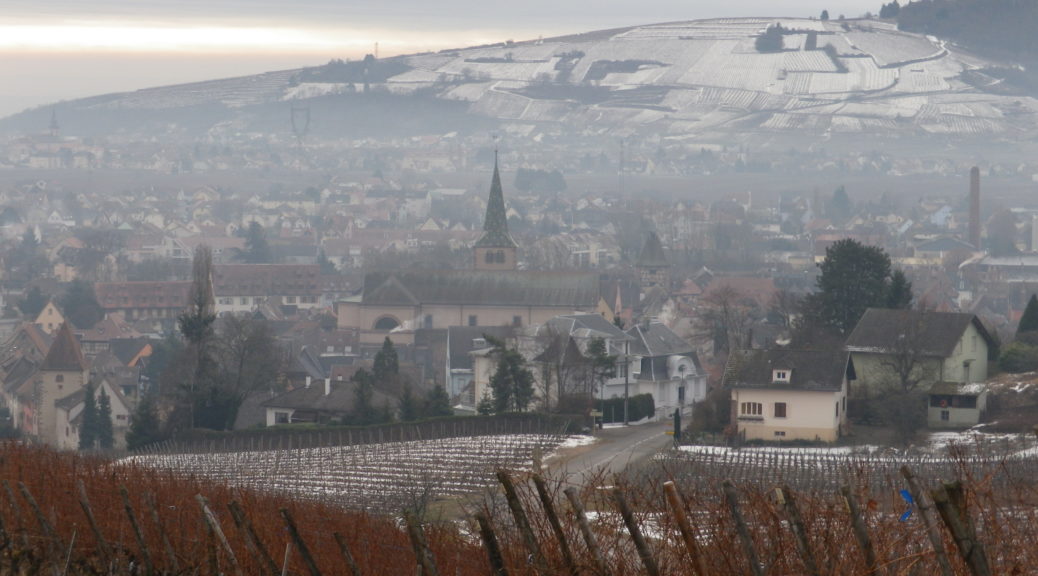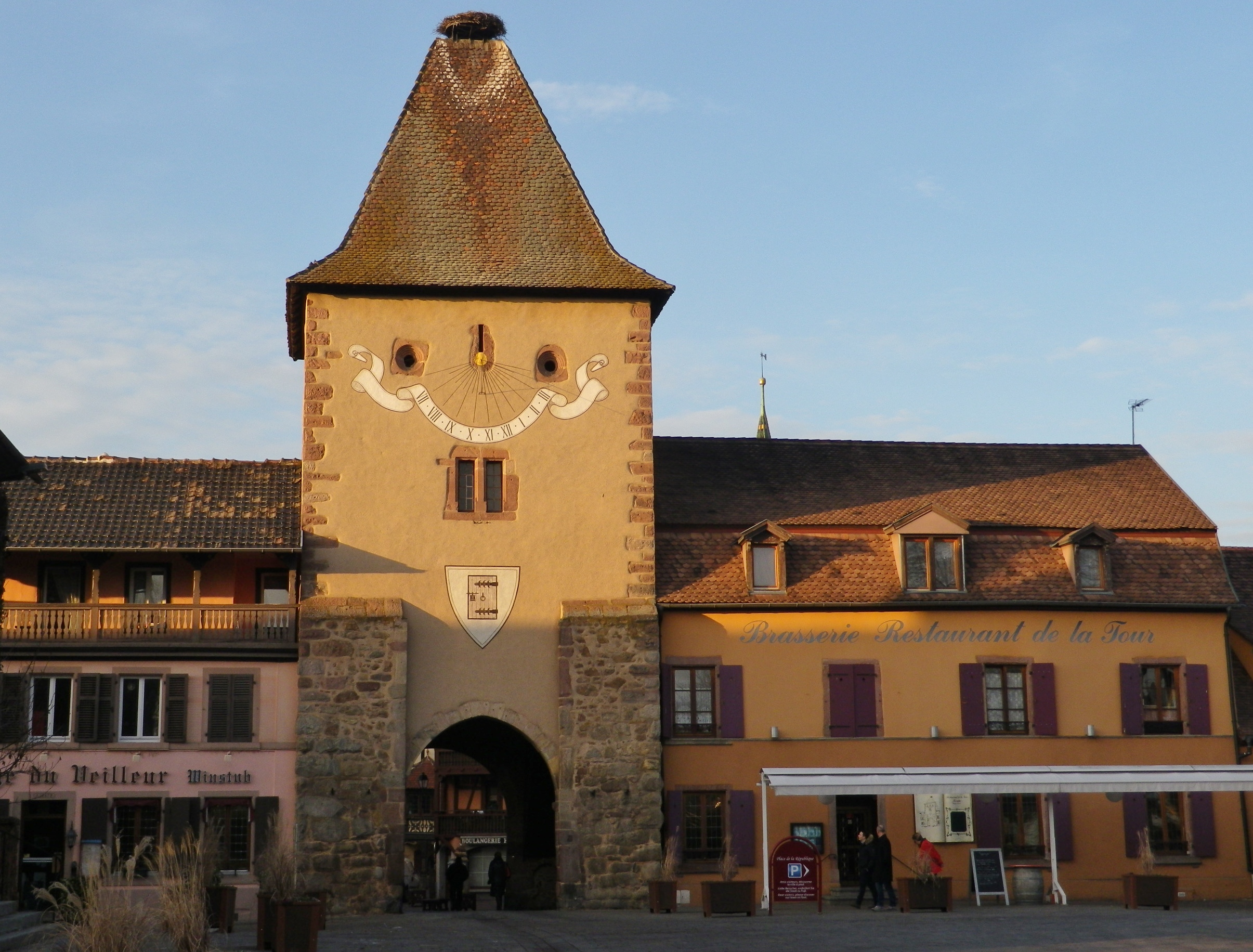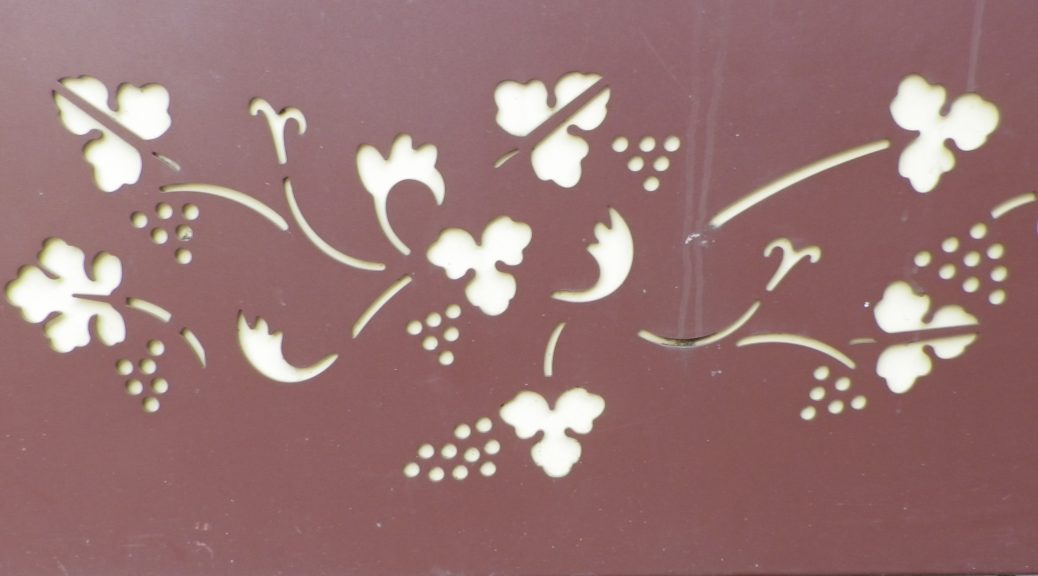The Alsatians call their sparkling wines Cremant. But these were not the only bubbles (“bulles”) that I found along this “Bulles et Bugatti” cycling itinerary. There were wineries and taverns offering the Cremant of Alsace, of course. But equally enjoyable were the bubbling creeks along much of the way, from the Dachsteinerbach, the Bruche and its canal, the Mossig, Frankenbach and Kehlbach, finally, the Stillbach, (it wasn’t), a melodious stream bubbling its way to the Bruche.
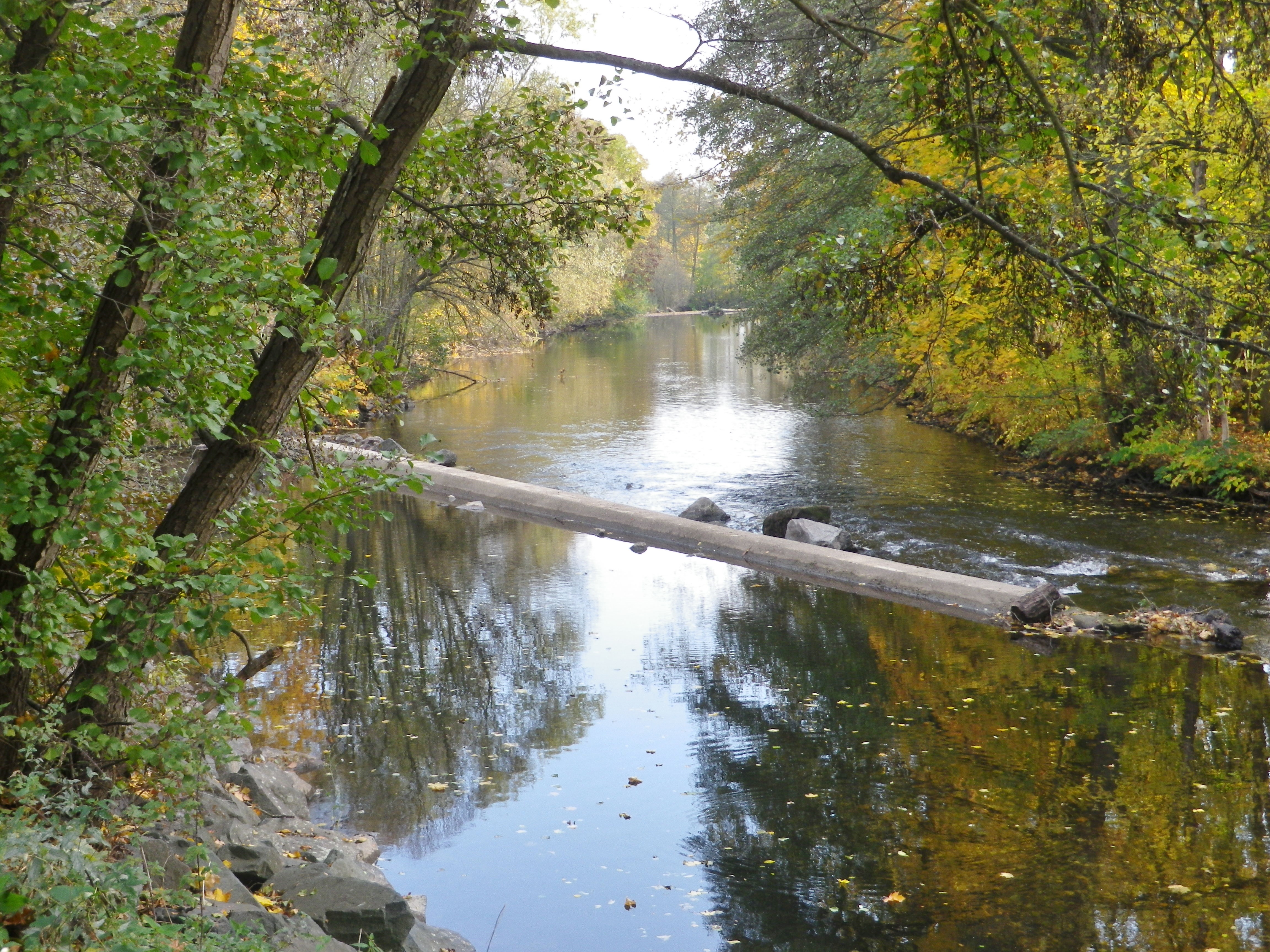
The Bruche empties into the Ill, a tributary to the Rhine, by Strasbourg. Starting in the Vosges mountains, it ultimately flows by the vineyards in the foothills of the Vosges, before entering the flat fields surrounding Strasbourg. This geography lesson just to let you know that the itinerary did have some hills, but also some very flat stretches. Especially memorable for its peaceful, rural aspect was the section riding along the Bruche Canal, a paved and beautifully maintained bike path. It is even possible to follow this trail all the way to the heart of Strasbourg!
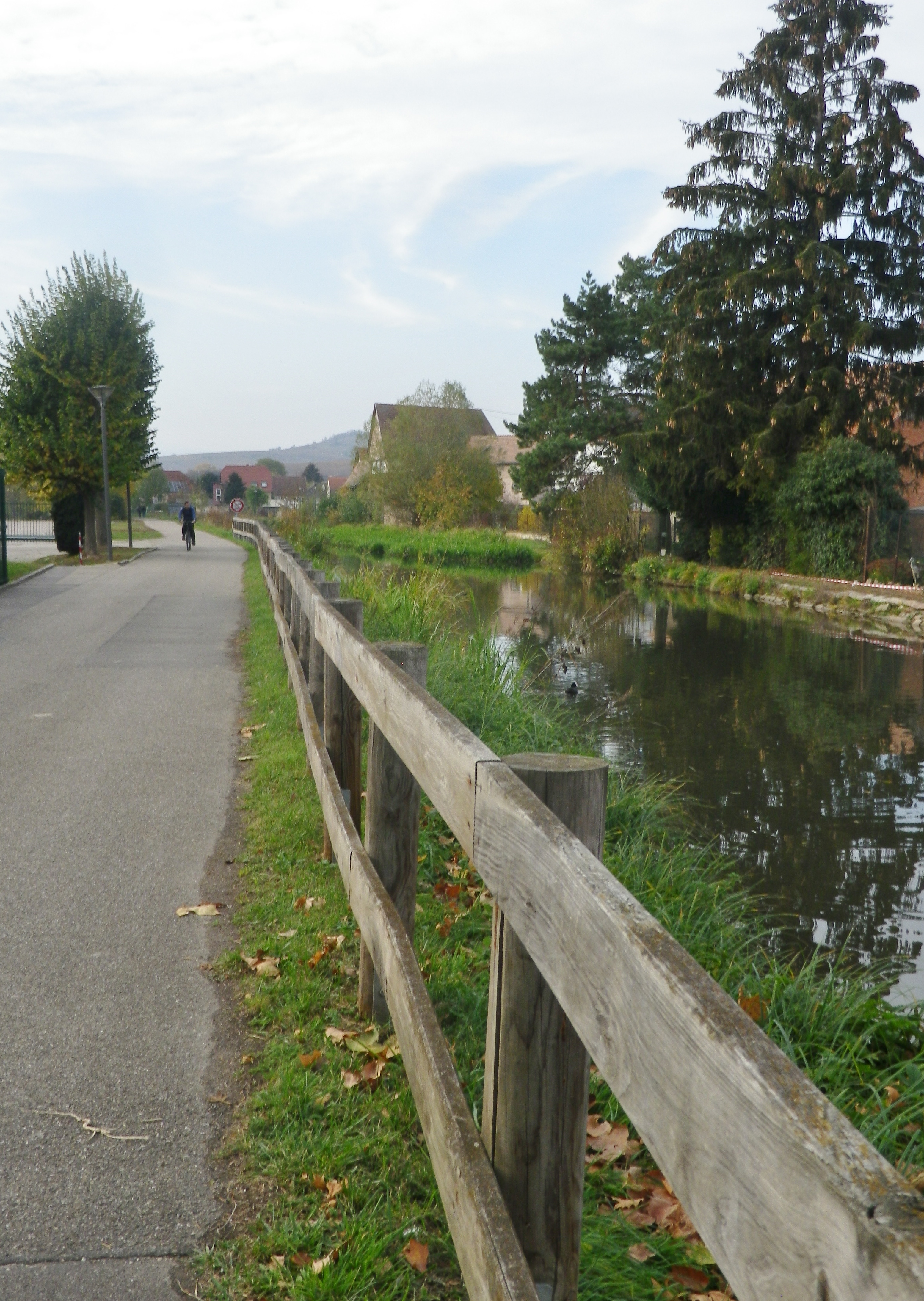
But this itinerary also included the hills and dales in the heart of the Bas Rhin vineyards. Departing Molsheim, and passing Dachstein, a medieval walled and effectively moated village, the ride proceeds mostly on a flat bike path, which is a delight, to the canal. The hills begin where the canal ends, at Soulz-les Bains.
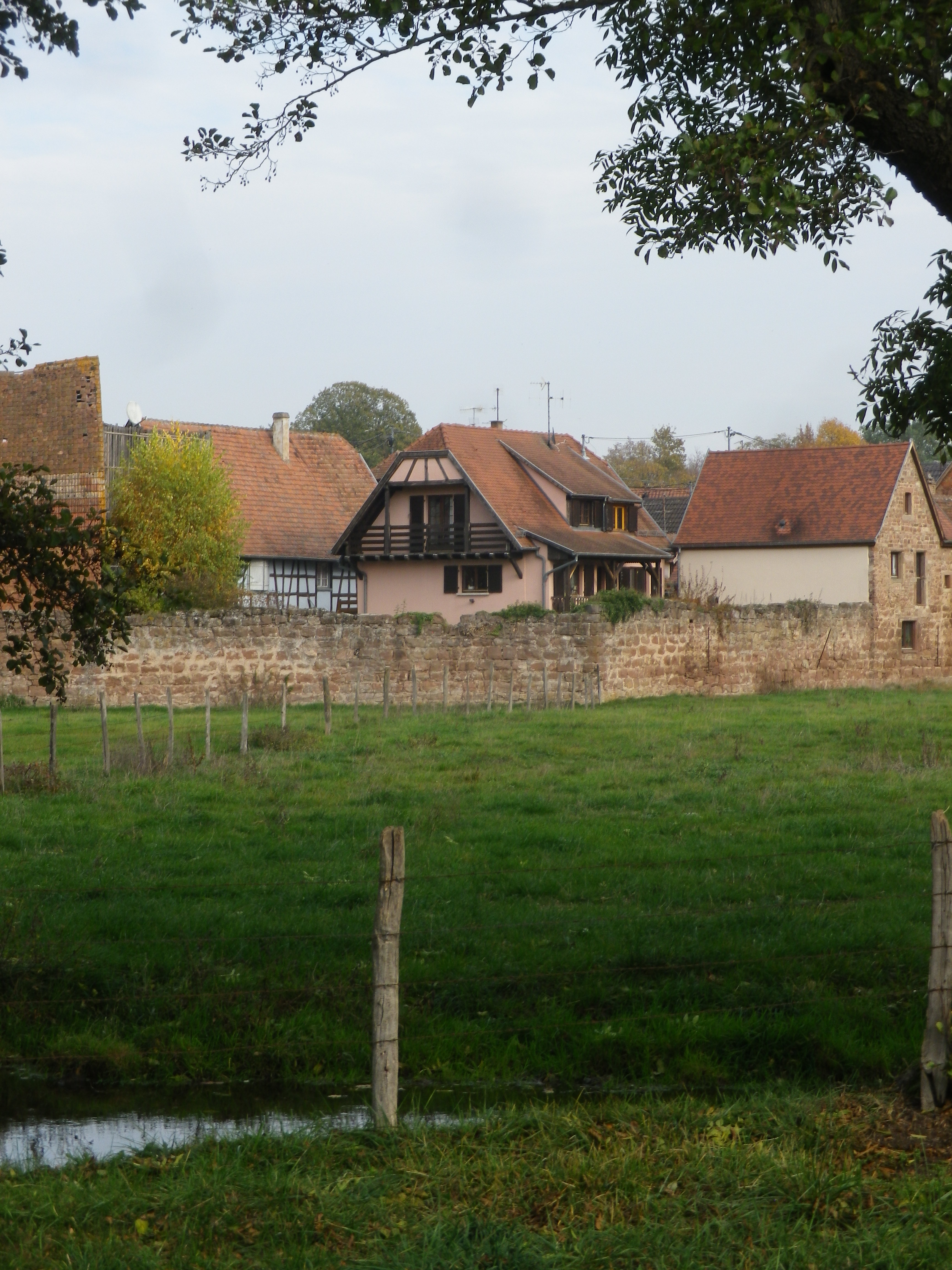
As the name implies, there is a spa in Soulz, a small village with a wonderful bakery, and Lucien Doriath’s excellent restaurant dedicated to foie gras. (Don’t worry, you can work it all off while on the numerous hiking and cycling trails passing through the village.) In addition to the Bruche and its canal, the Mossig also runs through this area. In fact, this whole itinerary sits in a watershed, and water is impossible to avoid.
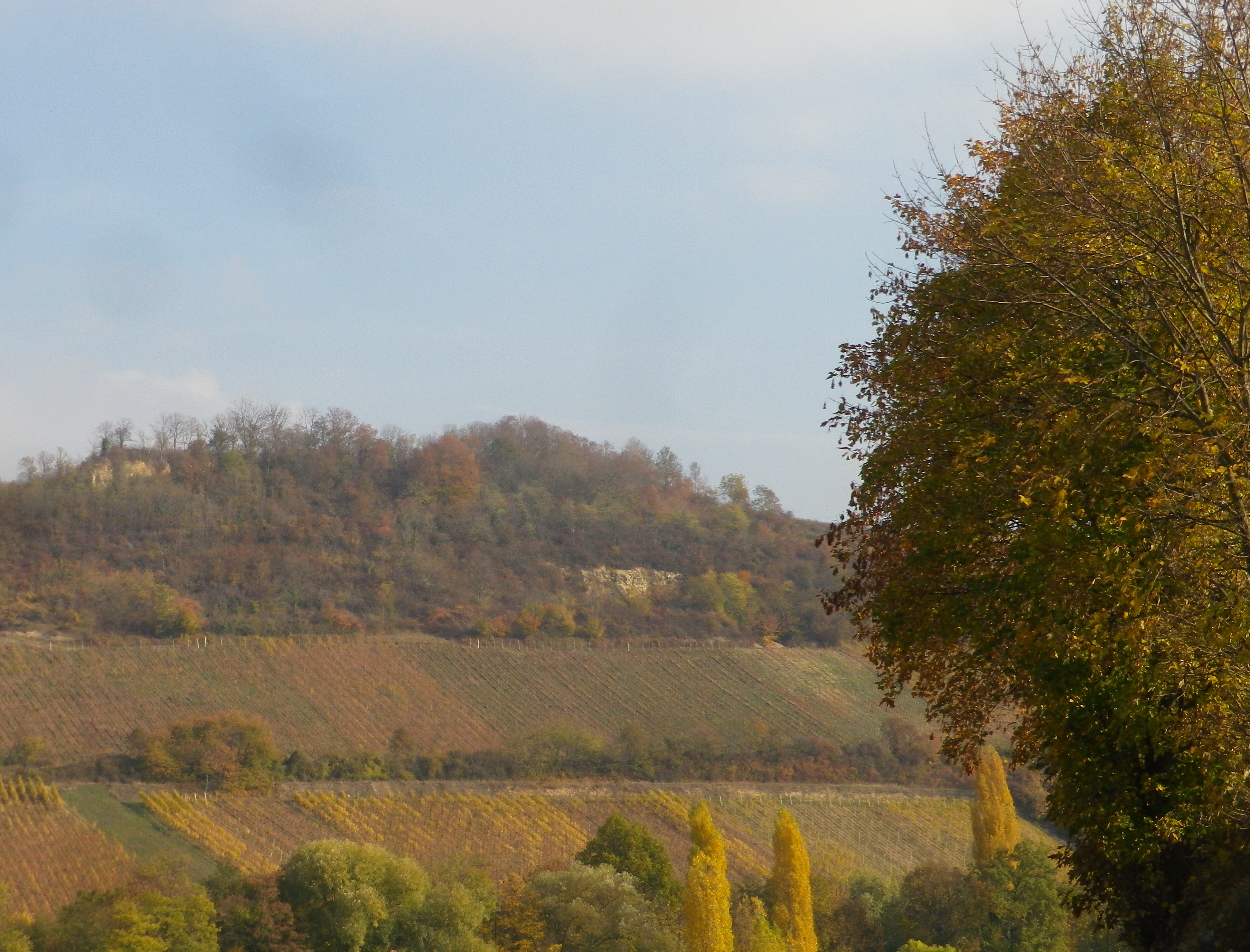
From Soulz, the itinerary climbs. As it does, vineyards replace fields, and the wine village of Bergbieten with its Grand Cru vineyard appears. Balbronn, another well-known wine village, is picturesquely surrounded by vineyards. Between there and Flexbourg, the higher elevations of the Vosges mountains come into view providing magnificent photo opportunities.
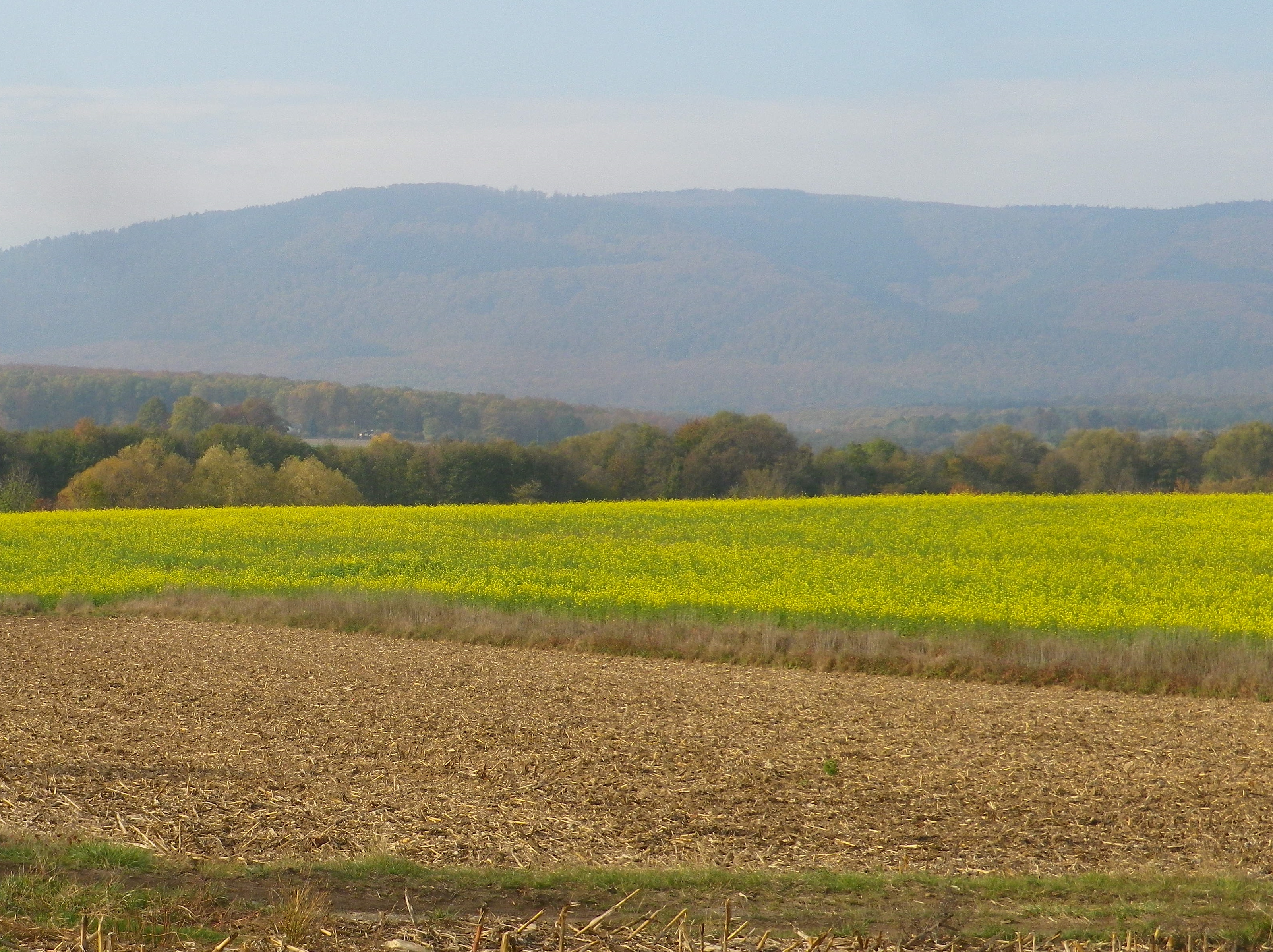
Once out of the hills, more rivers and streams appear. A marvelous confluence of several of these appear on the approach to Dinsheim sur Bruche. I cycled along the Stillbach, to where it joins the Bruche, then over the Muhlbach to cross the Bruche once again just before re-entering Molsheim. On the outskirts is the Bugatti factory. Bugatti was founded in Molsheim, and it still produces fantastic cars of distinction there. I must confess though, I saw few cars, much less Bugatti ones (the least expensive model starts at over two million dollars), while cycling, making this a relatively car free itinerary overall.
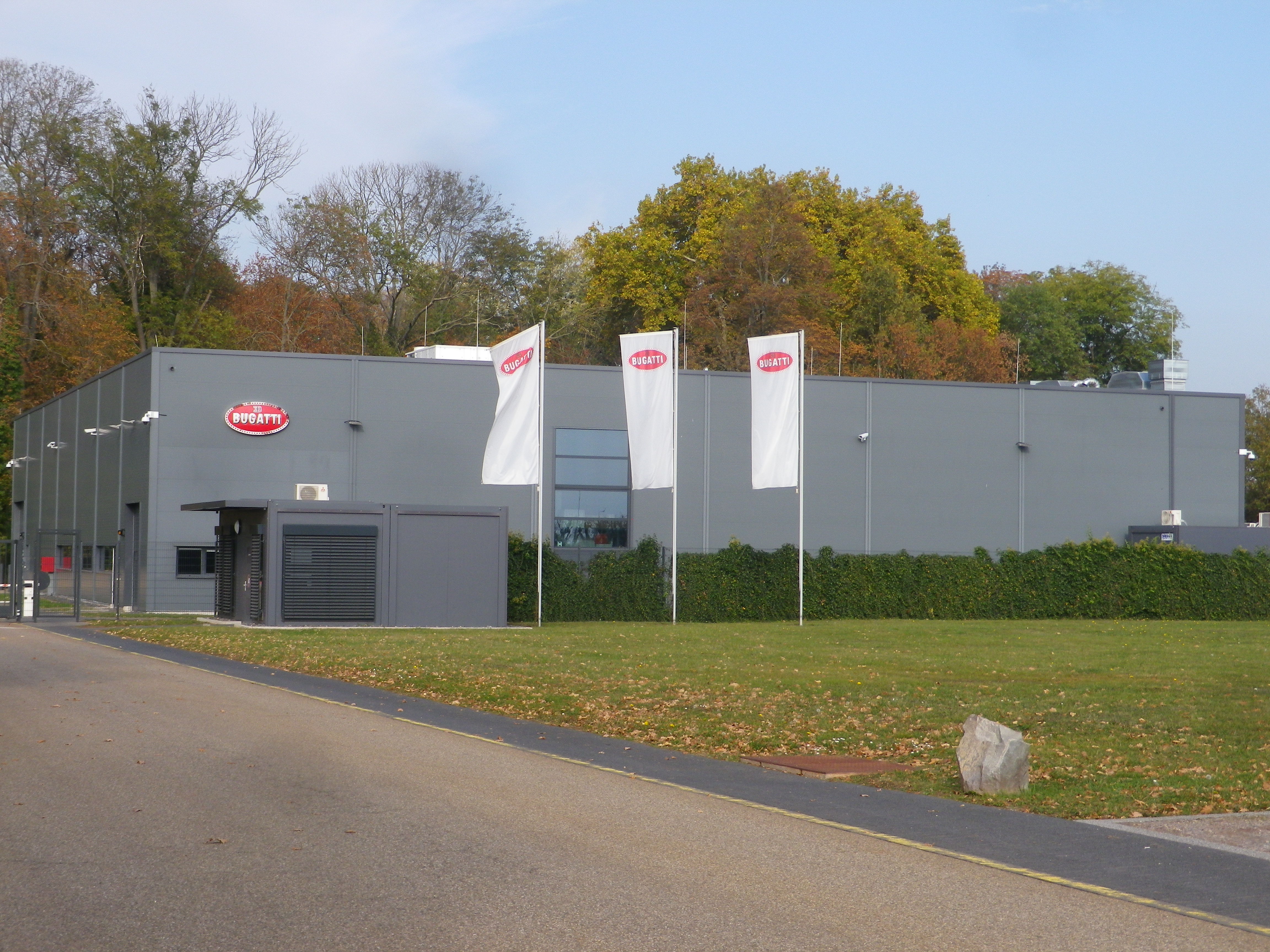
Molsheim is a small town, but the largest in this area. It is known to the wine world as the site of the Grand Cru Bruderthal, a “production” site as much esteemed locally as the Bugatti plant. The town itself boasts a couple of charming squares, fronted by historic and attractive half-timbered buildings. It is a nice place to base, if spending some time in the area. It has several restaurants serving good food and local wines, as well as a couple of wineries. Fortunately, all food and wine offerings, even the Cremant d’Alsace wines, cost only miniscule fractions of the cost of a Bugatti, hence may be happily enjoyed by all!
